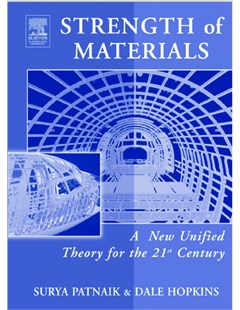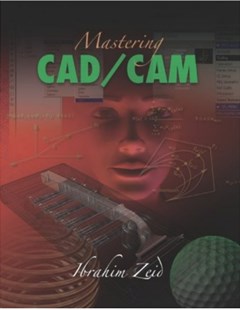Strength of materials: A unified theory
Strength of Materials provides a comprehensive overview of the latest theory of strength of materials. The unified theory presented in this book is developed around three concepts: Hooke's Law, Equilibrium Equations, and Compatibility conditions. The first two of these methods have been fully understood, but clearly are indirect methods with limitations.
2004
Strength of Materials provides a comprehensive overview of the latest theory of strength of materials. The unified theory presented in this book is developed around three concepts: Hooke's Law, Equilibrium Equations, and Compatibility conditions. The first two of these methods have been fully understood, but clearly are indirect methods with limitations. Through research, the authors have come to understand compatibility conditions, which, until now, had remained in an immature state of development. This method, the Integrated Force Method (IFM) couples equilibrium and compatibility conditions to determine forces directly.
The combination of these methods allows engineering students from a variety of disciplines to comprehend and compare the attributes of each. The concept that IFM strength of materials theory is problem independent, and can be easily generalized for solving difficult problems in linear, nonlinear, and dynamic regimes is focused upon. Discussion of the theory is limited to simple linear analysis problems suitable for an undergraduate course in strength of materials.
Patnaik, Surya, and Dale Hopkins. Strength of materials: a new unified theory for the 21st century. Butterworth-Heinemann, 2004.
 |  |  |
| Strength of materials: A unified theory | Mastering CAD/CAM | Six sigma for managers |

Thứ Tư, 14:27 23/06/2021
Copyright © 2018 Hanoi University of Industry.